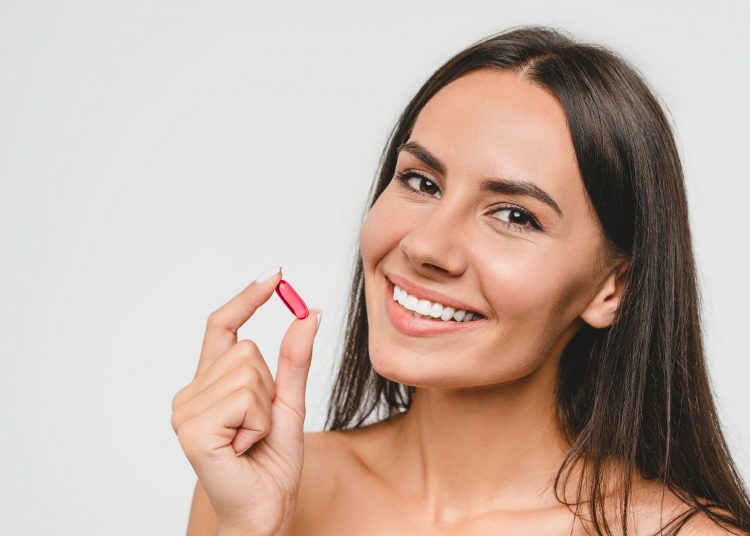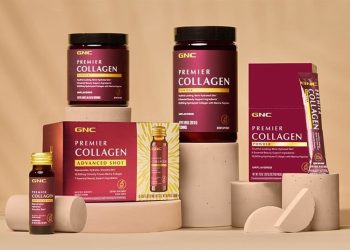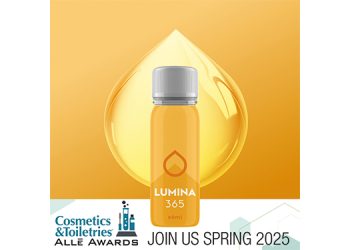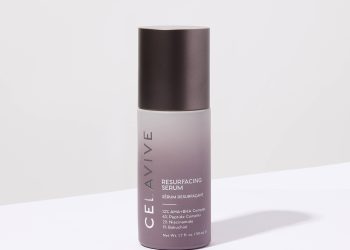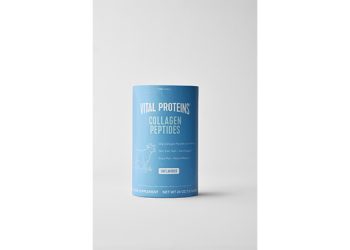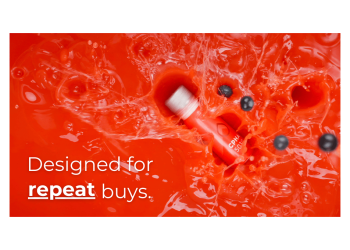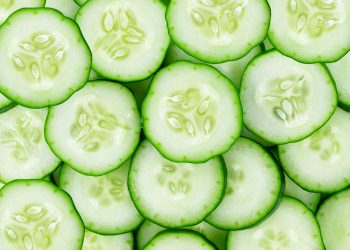Supplements targeting skin health is booming, reports Innova Market Insights. The category experienced more than 30% average annual growth in product launches of dietary supplements globally between 2017 and 2021. Europe was the leading region with the most nutricosmetic supplement launches at 41% in that period, while North America had 32% of supplement launches. Then, the pandemic hit. Botanical & herbal supplements for beauty from within have seen the biggest growth, supplement launches were five times more in 2021 than in 2017. The top formats used for skin health supplements are capsules and tablets while gummy skin health supplements are fast trending.
“We have noted a growing trend among younger millennials who are taking a keener interest in their skin health and taking their skin care routines more seriously,” notes Liat Shemesh, Marketing Manager for Solabia-Algatech Nutrition, S.A. “This is due to a growing understanding that skin has to be protected and nurtured from an early age, and not just skin-deep but also from the inside out.”
Environmental factors, such as prolonged exposure to the sun, pollution, cigarettes and toxins damage the skin. UV radiation and blue light have a substantial negative effect on the skin leading to photoaging with visible signs that include fine lines, wrinkles, sagging and age spots. The production of reactive oxygen species (ROS) is a major cause of skin damage. An imbalance between free radical activity and antioxidant activity results in oxidative stress. Oxidative stress impairs the natural renewal and repair process of the skin and damages DNA directly, leading to cell mutations and premature aging.
This oxidative stress is a major cause of photoaging and premature aging of the skin. Studies suggest that natural astaxanthin can promote healthy skin aging: It reduces oxidative stress, improves skin appearance (includes hyperpigmentation), reduces fine lines and wrinkles, reduces water loss, and increases elasticity and UV protection.
Trusted brand
“Consumers are seeking trusted brands that are backed by research and bear ‘transparent’ labels,” explains Omer Grundman, VP R&D of Solabia Algatech. “Today’s consumers understand there is a clear link between skin health and what we eat and drink. Astaxanthin, derived from the microalgae Haematococcus pluvialis, provides nutritional and protective benefits to the skin. Dozens of clinical studies have demonstrated astaxanthin’s ability to revitalize the skin from both within and topically.
Consumers choose AstaPure® astaxanthin over other branded cosmeceuticals thanks to its benefits, as well as because of the pure and sustainable way it is grown, cultivated, and processed using no chemicals and with a minimal Carbon footprint. In contrast to other dietary supplements that aim to have effect only on the skin, AstaPure Natural astaxanthin’s strong antioxidant effect benefits also other body organs such as the eyes and immune system so costumers may gain additional benefits while consuming the product.”
Innova reports that the leading category for astaxanthin product launches in the last five years is skin health (followed by eye health and brain health). The US leads in new product launches of astaxanthin in 2018-2022 and the first category is skin health, while the UK is the second country in this category.
“AstaPure has become an important, highly sought-after beauty-from-within ingredient in the past few years with sales forecast to increase dramatically in this category in 2024,” notes Liat Shemesh, Marketing Manager for Solabia-Algatech Nutrition, S.A. “Astaxanthin is a potent single ingredient that can render multifaceted positive activity upon skin health. Solabia-Algatech is constantly developing new delivery systems to satisfy consumer demand for more convenient and flavorful formats for consuming this clean, sustainable product.”
Solabia-Algatech Nutrition grows and processes its astaxanthin in its state-of-the-art facility sited in infertile land in the middle of the Arava desert in Israel. The facility takes advantage of its inhospitable climate, utilizing the desert’s year-round sunlight. This same sunlight used to grow the microalgae and stimulate its production of natural astaxanthin also is used to provide electricity via solar energy from a nearby solar farm, thus reducing electricity consumption overall. Adding to sustainability and savings is the use of LED instead of fluorescent light for the maintenance of the microalgae inoculum.
Microalgae is an efficient and sustainable crop choice, as it grows quickly, utilizes light energy efficiently, captures atmospheric CO2, and produces more food per hectare than conventional crops. Algatech utilizes closed-system photobioreactors made of glass tubes that optimize sunlight exposure while conserving water. Additionally, it uses recycled water to regulate temperature and minimize the ecological impact. The only water used for microalgae cultivation is brackish water, locally sourced, which is then desalinated and purified. The result is a pure, concentrated source of natural astaxanthin ideal for supporting healthy skin and a healthy life.


